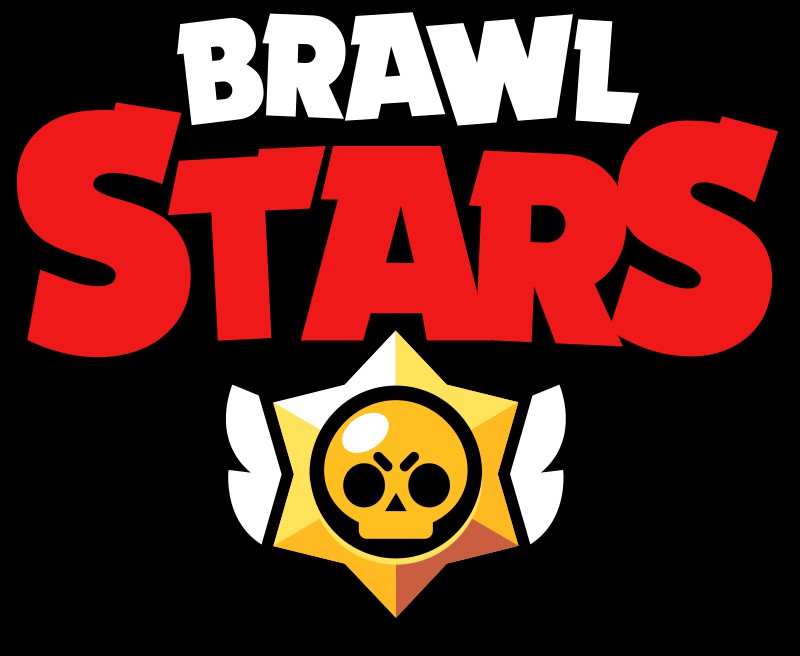Brawler Roles and Team Composition: Building the Perfect Squad
In Brawl Stars, each brawler falls into a certain role or class that defines their strengths, weaknesses, and ideal position in a team composition. Broadly, these classes include tanks, damage dealers (also called sharpshooters or assassins), support, throwers, and healers. Tanks are brawlers with high health pools and moderate to low damage output, designed to soak up enemy fire and control space. Examples include Bull and Frank. Their role is to initiate fights, absorb damage, and create opportunities for teammates to dish out damage safely. Damage dealers, like Colt and Piper, specialize in high damage output but often have lower health, making positioning and timing critical for their survival. Assassins focus on quick elimination of targets with high burst damage and mobility, such as Leon and Crow. Support brawlers provide utility through buffs, debuffs, or crowd control effects that turn the tide of fights, like Poco or Barley. Throwers, like Dynamike and Tick, can lob explosives over walls or obstacles, controlling zones and inflicting indirect pressure on opponents. Healers are less common but include characters like Pam who can restore health to teammates, crucial for sustaining prolonged fights. Understanding these roles allows players to pick complementary brawlers that cover weaknesses and enhance strengths in squad play.

Team synergy in Brawl Stars revolves around balancing these classes to ensure coverage of all combat situations. An effective team usually includes a tank to anchor the frontline, one or two damage dealers to secure kills, and a support or thrower to control zones and disrupt enemy movements. The synergy also extends to brawler abilities and super attacks, which when combined can produce devastating effects. For instance, pairing a Bull’s charge with Barley’s poison gas can force enemies into choke points where teammates can capitalize. Versatility is vital because different game modes and maps demand different compositions. Gem Grab might favor sustained control and defense, benefiting tanks and support, while Showdown demands aggressive, solo-friendly brawlers with high mobility or burst damage. In Heist, defensive and zoning capabilities are crucial. Therefore, team composition is not static but fluid and needs to adapt to the specific competitive context. The best squads are those who understand not only individual roles but also how these roles interact dynamically in various scenarios.

The meta (most effective tactics available) evolves as the game receives updates, and so do optimal team compositions. Players must stay informed about brawler balance changes, new characters, and map rotations to maintain competitive edge. Mastering the nuances of each role, understanding their ideal positioning, and learning how to time supers and coordinate with teammates form the foundation of high-level play. Communication and flexibility are key; even the strongest brawlers can fail without coordinated teamwork. Experienced teams experiment with unconventional picks and strategies to surprise opponents and break the mold. Ultimately, the art of building the perfect squad lies in balancing individual skill with role synergy, map awareness, and adaptation to the evolving landscape of Brawl Stars competition. thats why you need to understand the meta (most effective tactics available) evolves as the game receives updates, and so do optimal team compositions. Thank you for reading.


